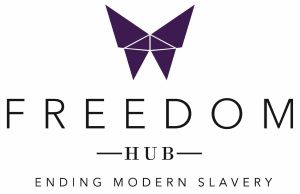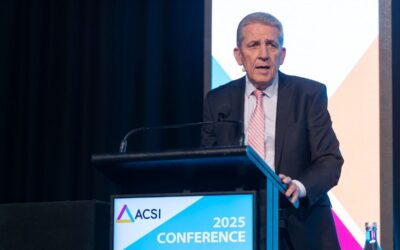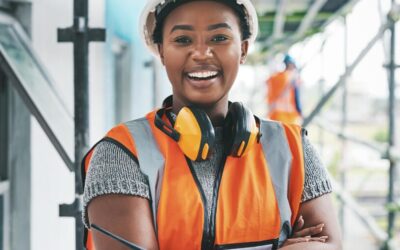For many of us, it’s conceivable that modern-day slavery exists; however, it’s harder to believe that it exists in Australia. The reality for many Australians is freedom – freedom of choice and opportunity. For thousands of others, the reality is very different.
Modern slavery in Australia
So, what does modern-day slavery look like in Australia, a rich, free, and accessible country?
In 2023, there are an estimated 40,000 – 45,000 people working in modern slavery in Australia. This number is up from the 2018 estimates of 15,000. The people exploited in our country are victims behind closed doors and under our noses. Slavery doesn’t look like what it used to; instead, it looks like people picking, producing and processing many of the products we consume in hazardous conditions or under threat. It looks like people working in service industries such as construction and hospitality, illegal sex work, and commercial cleaning. Tens of thousands of people are caught in exploitative labour, and it’s happening in the hidden areas of our economy.
For more information on what modern slavery looks like, we encourage you to read our previous blog, Modern Slavery: What is it and What do we do about it?
With over 50 million people globally working in modern slavery, we also have to acknowledge that a large portion of Australian imports are using slaves throughout their supply chain and production. The pandemic and the mass loss of jobs didn’t help protect or prevent people from falling victim to exploitation over the last few years, but there is a lot of work we can do in the aftermath to protect people and fight to end slavery.
Consuming slavery in Australia
While a harsh reality, the truth is that Australian consumers both directly and indirectly feed the monster called modern slavery. Where our money goes matters more than we may like to think.
Culturally, it’s become normal to buy cheap, fast, and convenient things, and that’s not necessarily bad. With the cost of living increasing, many of us are forced to adjust expectations and be more selective about where we spend our money. Unfortunately, this means we create a demand for products and services that are increasingly cheap, fast and convenient and, at the detriment of those producing such products.
The easy fix seems to be to change our spending habits. The less money we spend at businesses that use modern slaves, the more likely they are to change their practices. Right?
But it hasn’t proven that easy.
Even with increased awareness of slavery in Australia and the passing of the Modern Slavery Act in 2018, consumer habits haven’t changed that drastically. Awareness is the first step, but there are still very real barriers we must overcome internally before any real change can happen.
Overcoming internal barriers
First, we have to critically look at who we decide to categorise as an enslaved person or not. Have we painted an incorrect picture of who qualifies as an enslaved person? Do we think of white Australians when we think of slavery in Australia? Or do we think of children? Do we only think of human trafficking and sex slavery?
Second, we should reflect on whether we feel a sense of personal responsibility. Modern-day slavery is a human rights issue involving some of society’s most vulnerable people. Vulnerable women and children who are manipulated, threatened, and exploited for profit should bother us and move us to action. If it doesn’t, it’s important to sit and reflect on why. Does the issue seem too big and too daunting? Maybe you feel overwhelmed with where to start.
Third, and maybe one of the most challenging barriers, is sitting with the reality that our consumer habits contribute to modern-day slavery. Through legitimation techniques and neutralisation tactics, consumers attempt to dissipate any sense of moral guilt or personal responsibility. Victims of slavery are not at fault because a critical component of slavery is preying on vulnerable people. We need people willing to sit with uncomfortable emotions and an unsettling reality and make small but necessary changes to their lives and habits.
Getting involved
There are really practical ways we can get involved in the fight to end modern slavery in Australia while also helping support survivors through their healing and life after slavery.
- Educating yourself and others.
- Shop consciously this holiday season.
- Donate.
- Volunteer.
Join Our Team
Help raise awareness and join our local volunteer team; contact us here.
Or, if you’d like to opt into our monthly newsletter, opt in here.
If you would like to support our work, you can donate here.
You can join our High Tea for Human Rights in Waterloo, Sydney, by clicking HERE.
You can Host your own High Tea by emailing [email protected], and we will send you information and a fact sheet to read or distribute to your guests.
THANK YOU FOR TAKING THE TIME TO READ OUR BLOG (Please review it or share it with others)




